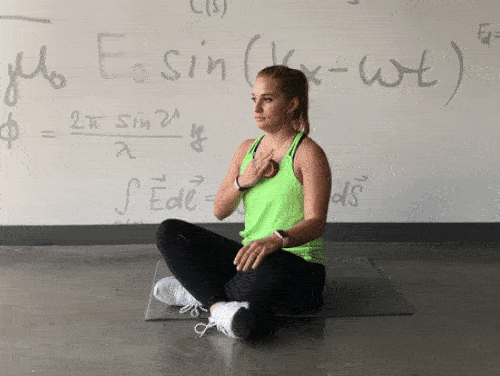Concussions are more than a bump to the head. And they're not always easy to spot. Learn the best practices—including signs and symptoms—for head injuries in sports.
What Is a Concussion?
1 of 10
Many people think a concussion is just a minor bump or a bruise to the head when someone takes a hard hit or gets their "clock cleaned," but a concussion is not something that should be taken lightly.
"A concussion is a type of traumatic brain injury (TBI)," says Michael Busby, a San Diego-based certified athletic trainer. "It occurs after a blow, bump or jolt to the head that disrupts the brain's normal function. A concussion can also happen after a blow to the body that causes a sudden change in direction of the head."
Another common misconception is that an athlete can only sustain a concussion if he or she is knocked unconscious, but according to the Center for Disease Control and Prevention, most concussions do not cause a loss of consciousness.
While concussions can occur in any sport, they're most common in contact sports such as football, hockey and rugby. Concussions can also occur in soccer when players collide or head the ball, and in basketball when players' heads hit the floor.
Immediate Symptoms
2 of 10
Concussion symptoms aren't always visual and can be difficult to identify.
When an athlete is knocked down or hit during a game, there are certain things to look for to determine if he or she may have a concussion.
Play should be stopped immediately and a coach and team doctor should look for the following:
Dizziness
Impaired vision
Memory loss
Trouble concentrating
Balance problems
Loss of consciousness
Nausea/vomiting
Sensitivity to light/noise
Late-Onset Symptoms
3 of 10
There are also some symptoms that may not occur right away. Late-onset symptoms include:
Irritability
Sadness/crying
Feeling sluggish or lethargic
Vomiting
Stop Play
4 of 10
If a player has had a blow to the head, been knocked down or out, or has any concussion symptoms, he or she should be removed from play immediately.
"Unlike an ankle injury where there are obvious physical signs, a head injury can be more subtle," says Dr. K. Brooke Pengel, a pediatric sports medicine specialist at the Rocky Mountain Hospital for Children in Denver, Colorado. "It's important for parents and coaches to recognize that a blow to the head can lead to more serious injuries. The athlete should be removed from play immediately and not permitted to return to play, this isn't just in youth sports, but at any level."
Listen to the Trainer
5 of 10
After a bump or a blow, a young athlete may think he or she is OK to continue playing and want to stay in the game. This is where the coach and team trainer need to step in, and not allow the athlete to continue playing.
"Coaches and team trainers should always err on the side of caution," Busby says. "The saying has been around for years and I still use it: 'When in doubt, sit them out.'"
See a Physician
6 of 10
After an athlete is taken out of the game, the coach should notify the child's parents about the injury, and even if there's a team doctor, the parents should take their son or daughter to a physician for further evaluation.
"A doctor will advise the parents if their son or daughter should be taken to the emergency room or if he or she can return home," Pengel says. "If the injury seems mild and the child is sent home, the parents should check on him or her at least once during the night to make sure they're OK and that their symptoms have not progressed.
Regardless of the severity of the concussion, a doctor is the only one who can determine if the athlete can return to his or her sport.
"A player must be cleared by a medical professional before he or she can return to play," Busby says. "Usually athletes can return to light activity after a week of rest, but this could be longer depending on the length and severity of the concussion."
Rest
7 of 10
Rest is the best way to treat a concussion and it's important for an athlete to get adequate rest before returning to his or her sport, so make sure to follow your doctor's advice.
"Returning to activity too early is extremely dangerous and not something that should be taken lightly," Busby says. "If an athlete hasn't fully healed, he or she is at a greater risk for Second Impact Syndrome (rapid and severe brain swelling), which will have worse, longer lasting effects."
This rest also includes limiting activities that require thinking and mental concentration, such as playing video games, watching TV, schoolwork, reading, texting or using a computer, if these activities trigger their symptoms or worsen them.
Pain Reliever
8 of 10
For headaches, try a pain reliever such as acetaminophen or Tylenol but avoid ibuprofen such as Advil and Motrin.
Educate Yourself
9 of 10
The best strategy for parents and coaches to treat and prevent concussions is to be prepared.
"Parents and coaches should be educated about what the injury is and the proper protocols," Pengel says. "Concussions can present themselves in a lot of different ways, even in subtle situations. It's not always easy to determine if a player has a concussion. Educate yourself, even about the atypical signs."







Discuss This Article